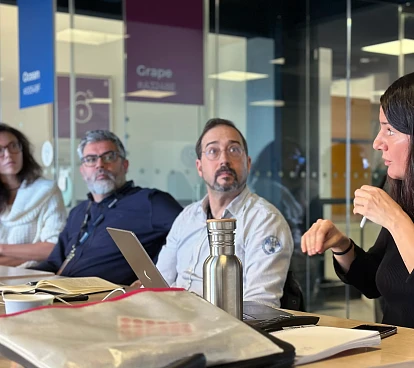
How to use contract testing to slash testing costs by 70%
February 9, 2022
Microservices are great for solving problems like scalability and reducing time to market. They give companies a clear competitive advantage by allowing them to innovate fast, reduce production costs and speed up deployment.
However, when it comes to testing in a microservices environment, implementing end-to-end (E2E) tests can be slow and cumbersome. As the number of integration points increases, so does the number of required manual E2E tests. This drives up costs and produces a lot of bugs, especially when the services are designed by different teams.
So, imagine what happens when you have to launch updates to more than 200 applications spread out across more than 40 teams.
But at Sngular, together with our integration partner Pactflow, we accepted the challenge of creating a testing environment with contract testing for more than 40 development teams. As our mantra goes: it can be done.
The challenge
The organization, a major American mortgage firm, was in the middle of modernizing its applications, which involved work such as decoupling business logic into microservices and getting rid of legacy code.
For its ambitious project to succeed, the 40 teams that made up the engineering department needed the tools that would allow them to deliver functionalities in a way that was agile and error-free.
At the same time, to reduce the costs of the modernization process, the company needed to find options that would reduce both infrastructure spend and the time spent on testing.
The solution
Implementing contract testing in a big company is no easy task since it involves coordinating between several teams and departments. That's why we opted to build a multidisciplinary team with superb technical and communication skills. This Sngular team was made up of experts in QE, DevOps and technical architecture.
On the other hand, we were well aware that for the integration of a new tool in the deployment cycle to work, the main decision-makers needed a seat at the table. We also needed continuous monitoring, to carefully define metrics and make sure the teams were well-trained. All of this was achieved when we created a practice group, which was in charge of monitoring and implementing the contract testing.
The result
The integration of contract testing with Pactflow reduced the time spent in testing phases by 70%. It also significantly reduced the costs of testing infrastructure. As a bonus, this work methodology improved communication between teams and proved crucial for the early detection of errors.
The project also proved why setting up a practice group is one of the best options for progressively integrating a new tool within a large organization in an agile way.
Curious?
Learn how our Quality Engineering team can give your business an adaptive advantage.
Our latest news
Interested in learning more about how we are constantly adapting to the new digital frontier?

Insight
February 18, 2025
The Transformative Power of AI in Health and Pharma

Insight
January 23, 2025
Scrum roles and responsibilities: a step towards transparency and engagement

Tech Insight
January 13, 2025
How to bring your application closer to everyone

Tech Insight
December 19, 2024
Contract Testing with Pact - The final cheetsheet